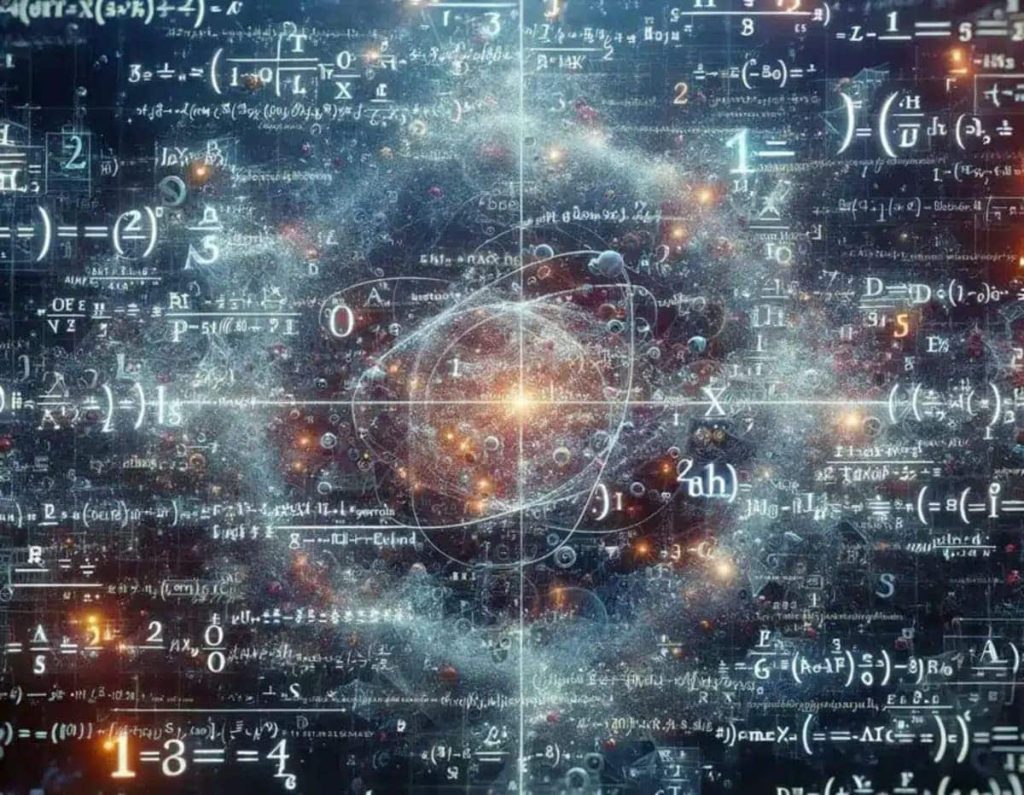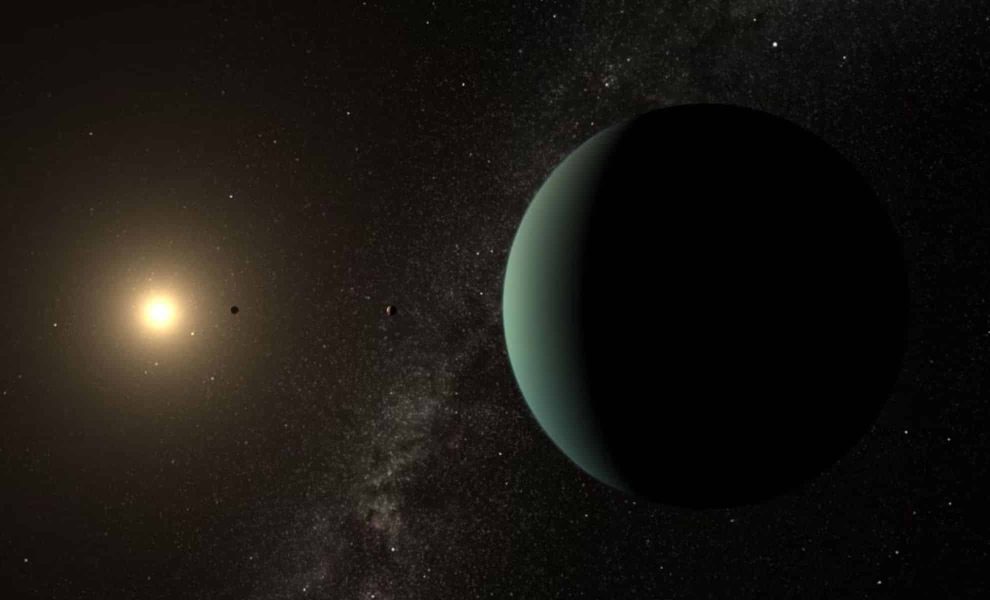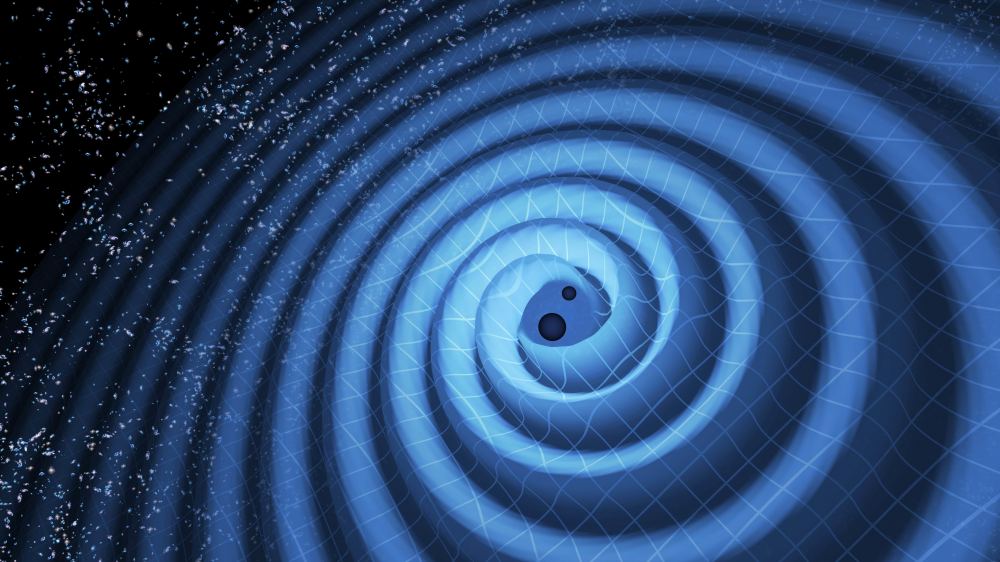A Linguistic Pattern Found in the Mysterious Mathematics of Physical Equations – Glass Almanac

Mathematics and physics have long been regarded as the ultimate languages of the universe, but what if their structure resembles something much closer to home: our spoken and written languages? A recent study suggests that the mathematical equations used to describe physical laws follow a surprising pattern—a pattern that aligns with Zipf’s law, a principle from linguistics.This discovery could reshape our understanding of how we conceptualize the universe and even how our brains work. Let’s explore the intriguing connection between the language of mathematics and the physical world.First introduced by linguist George Zipf in 1949, Zipf’s law describes how words are distributed in natural languages. According to the law, the most frequent word in a text appears twice as often as the second most frequent, three times as often as the third, and so on. For example, in English, common words like “the” or “and” make up a disproportionate share of written content, while rarer words occur much less frequently.Interestingly, this principle isn’t confined to language. It also appears in diverse fields like city populations, income distributions, and even the prevalence of certain professions. And now, it seems, Zipf’s law applies to the very equations that govern the physical universe.A team of researchers from the University of Oxford recently hypothesized that physical equations, despite their diversity, might exhibit the same statistical patterns described by Zipf’s law. To test this theory, they analyzed a large collection of equations from three sources:Each equation was broken down into its components—symbols, operators, and numerical factors—and the researchers examined how often these elements appeared.Surprisingly, the results revealed a consistent pattern. Regardless of the context or the phenomena being described, certain symbols and operators appeared far more frequently than others, following the familiar hierarchical distribution of Zipf’s law.At first glance, this finding might seem like a quirky coincidence. But it hints at something deeper. Could this pattern reflect an inherent structure in the universe itself? Or does it reveal more about how humans approach problem-solving?Physical equations often describe fundamental phenomena like Newton’s law of gravitation (F = GmM/r²), Einstein’s equation of relativity (E = mc²), or the Hawking–Bekenstein formula for black hole entropy. The study found that the right-hand sides of these equations—filled with symbols like G, m, and c—behave much like sentences, where certain “words” (symbols) dominate in frequency.The researchers suggest two possible interpretations:It’s also possible that both explanations are true. If so, this pattern could be a mirror reflecting the interplay between the universe’s structure and the way our minds interpret it.The study’s findings become even more striking when contrasted with randomly generated equations. When researchers applied the same analysis to equations created without structure, the Zipf-like pattern disappeared. This suggests that the consistency observed in real equations is not random but a product of deeper, systematic rules.Even symbols that appear infrequently, like logarithms (log) or exponentials (exp), fit into this coherent structure, reinforcing the idea that there’s an underlying order to how we describe the universe.So, why does this matter? According to the Oxford team, this discovery could lead to a “meta-law” of nature—a probabilistic rule that all physical laws adhere to. Such a unifying principle could open new doors in physics, potentially guiding researchers toward previously undiscovered equations or relationships.The study also has implications for artificial intelligence. Machine learning models could be trained to recognize and replicate these statistical patterns, improving their ability to predict new physical laws. By learning from the way physicists construct equations, AI could gain deeper insights into the mathematical framework of the universe.Ultimately, this research bridges two seemingly unrelated worlds: the linguistic patterns of human communication and the mathematical precision of physics. It’s a reminder that even in the most complex systems, there’s often an underlying simplicity—a shared language that connects everything from city populations to the equations that govern gravity.The next time you see a formula like E = mc², consider it not just as a mathematical statement but as part of a universal dialogue. Whether it reflects the nature of the universe, the workings of our brains, or a combination of both, one thing is certain: it’s all connected, and it’s all fascinating.Comment Save my name, email, and website in this browser for the next time I comment.
Discover the future through Glass Almanac, your premier source for all things tech and entertainment. From the latest in augmented reality to cutting-edge scientific discoveries and trending TV shows, we bring you insightful, up-to-the-minute coverage. Dive into our world where technology meets daily life and stay ahead of the curve with Glass Almanac.Glass Almanac100 Tech WaySan Francisco, CA 94107United StatesPhone: +1 415-555-0100Email: contact@glassalmanac.comStay connected with us for the latest updates and insights.






